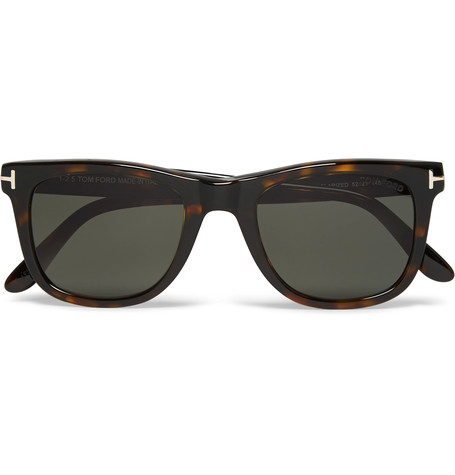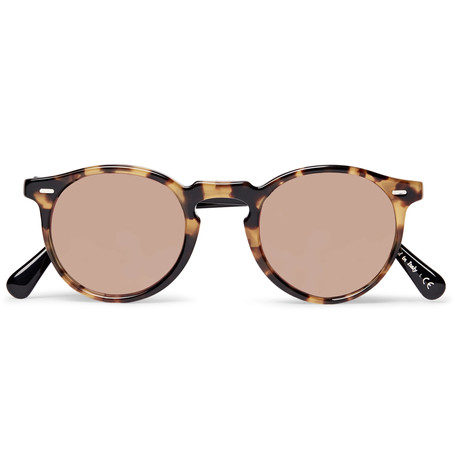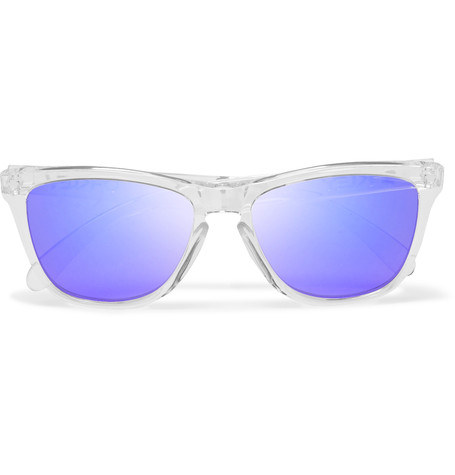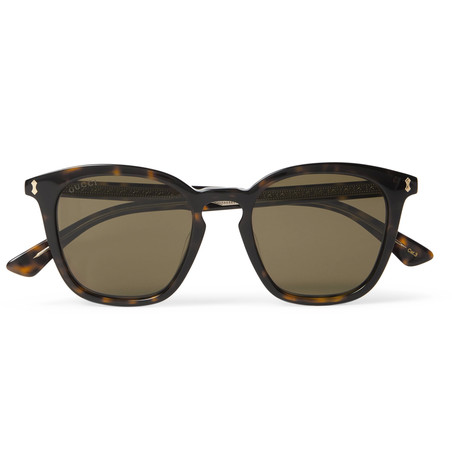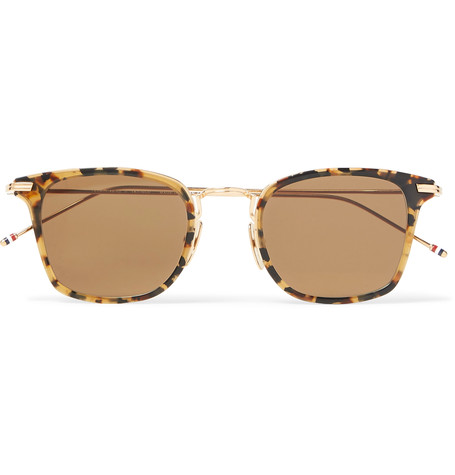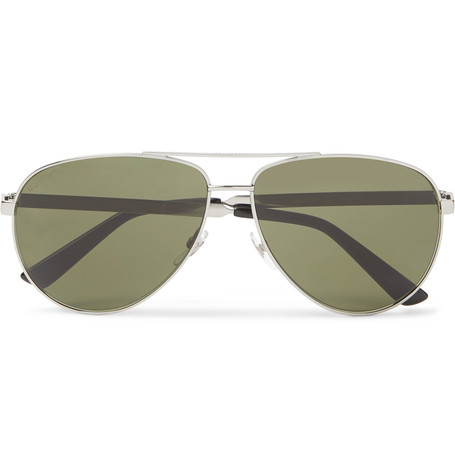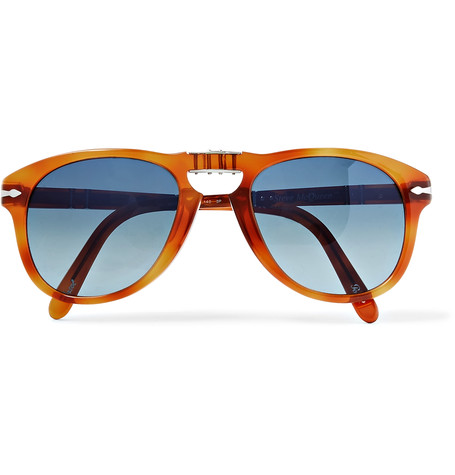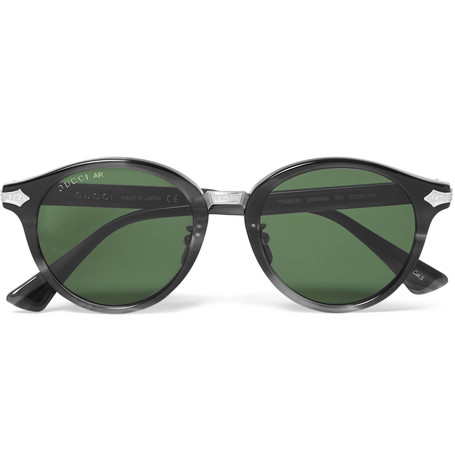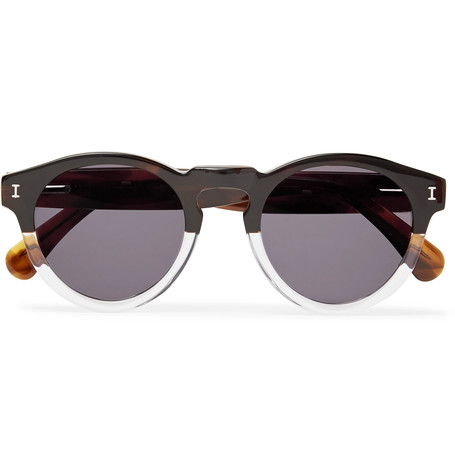With the number of styling options to choose from, sometimes styling a cardigan can be a tricky task. Taking on both a casual and formal look, the cardigan has become a staple piece that, like your jeans and shirts, can be worn to fit with any occasion.
The cardigan has gained the reputation as something for the grandpas of the world – a comfy piece that’s best suited for sitting by the fire and complaining about the weather. Despite the fact it’s become a cliche, there are ways to break it free from it’s old fashioned constraints and take it to new stylish heights. If you’re wondering how to wear cardigans in a fashionable and modern way, then look no further than this handy guide.
So first off, what is a cardigan? If you’re not sure on exactly what it is then it’s going to be hard to style it properly. Cardigans cover a range of styles and can be worn loosely, with no buttons or zips to fasten it up, leaving you with a clean open design, or buttoned up to give a clean, slim finish. Despite the range of styles it can be difficult to know what to wear with a cardigan. Anything too brash and you can look like you’re trying too hard, and anything too simple and you run the risk of just looking dull. Luckily with so many styles of cardigans to choose from, there are ways that you can easily bridge the gap between simplicity and style to create a look that’s perfect for you.
A chunky knit cardigan like the one I chose, is the perfect casual piece and easily enables the wearer to play around with colours and geometric patterns. Because of its punchy, stylised look, this cardigan is great for throwing over simple pieces and taking centre stage. Buy an upscale one in cashmere or merino, or keep things budget friendly with a wool mix for a rugged feel.
Colour palettes aren’t the only things to consider when dressing for the seasons, fabric is hugely important. Traditionally all cardigans were made from wool, but since the cardigan has become a go-to piece for every season, there are now fabrics suitable for all seasons. If you’re a fan of the traditional look, then wool offers a a few options. You could go for a classic thick cable knit in a rough, natural weave or opt for a slightly sleeker design in something like merino or cashmere, which has a finer fibre.
Accessories are almost as important as your staple pieces and they can help set a tone and tie the whole outfit together. Simple accessories like caps and bags can help add a simple element of style to your look, where as bolder ones like bow ties and patterned sunglasses can bring about a more unique look.










